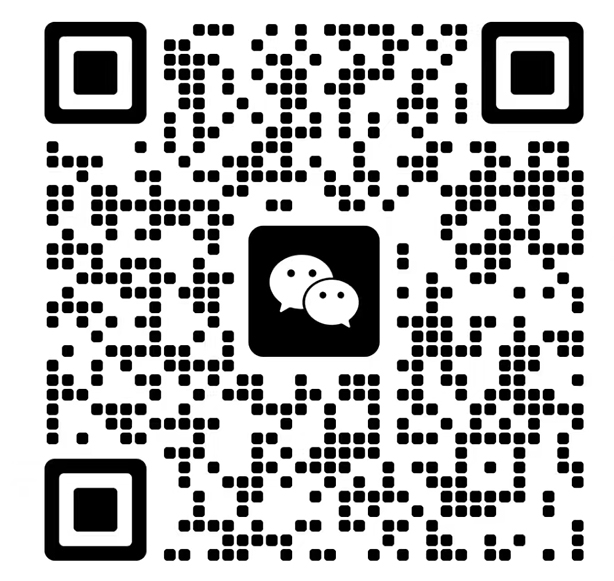Pakistan's Ethnic Groups
Analysis of Ethnic Distribution and Linguistic Situation in Pakistan
Located in the northwestern part of the South Asian subcontinent, Pakistan is a multi-ethnic and multilingual Islamic country. Its ethnic composition and linguistic diversity profoundly influence the nation's politics, culture, and social structure.
Ⅰ、Ethnic Distribution: Diversity and Regional Characteristics
Pakistan's ethnic composition is complex, consisting of four major ethnic groups and several smaller minorities, each with distinct regional distribution patterns:
1. Punjabis
As Pakistan's largest ethnic group, Punjabis make up 63% of the population and primarily inhabit the fertile Punjab province and surrounding areas. Of Indo-Aryan descent, Punjabis have historically excelled in agriculture and military affairs, dominating the country's economic and political spheres. Their native language, Punjabi, is spoken by 48.7% of Pakistanis, making it the most widely spoken language. Punjabi culture blends Hindu and Islamic traditions, with distinctive festivals, attire (such as the Jinnah cap), and cuisine (e.g., wheat-based dishes).
2. Sindhis
Comprising 18% of the population, Sindhis are concentrated in Sindh province and parts of Balochistan. Among the first in the subcontinent to adopt Arab influences, the Sindhi language incorporates elements of Sanskrit, Arabic, and Persian. About 11.7% of Pakistanis speak Sindhi. Traditionally agrarian and pastoral, Sindhis have increasingly engaged in commerce and industry. Karachi, Pakistan’s largest city, is a melting pot where Sindhis hold significant economic influence.
3.Pashtuns
Pashtuns account for 11% of the population, primarily residing in Khyber Pakhtunkhwa (KP) and southern Balochistan. Of mixed Iranian and Turkic descent, they speak Pashto, an Iranian language spoken by 13.14% of Pakistanis. Known for their nomadic and tribal social structures, Pashtuns adhere to a strict honor code called Pashtunwali. Their cultural ties with Afghan Pashtuns create cross-border geopolitical tensions.
4.Baloch
The Baloch constitute 4% of Pakistan’s population, mainly inhabiting Balochistan and southern Sindh. Their language, Balochi, is a Persian dialect written in the Arabic script and spoken by 5.01% of Pakistanis. Traditionally reliant on livestock and mining, the Baloch have long resisted central authority over resource distribution, fueling separatist movements that challenge regional stability.
5. Minority Groups
Kashmiris: Primarily in Azad Kashmir, of Indo-Aryan descent, speaking Kashmiri.
Brahuis: Descendants of the Dravidians in Balochistan, speaking a Dravidian language.Chitralis: Residing in northern Swat, speaking Dardic languages.Muhajirs (Muslim migrants): Comprising 7.6% of the population, mostly settled in Karachi, driving urban economic growth.
II、Linguistic Landscape: Official vs. Ethnic Languages
Pakistan’s language dynamics reflect a "dual official language + multi-ethnic language" framework, where language serves as both a cultural marker and a political battleground.
1.Urdu: National Language & Controversy
Urdu, constitutionally designated as the national language, replaced English in government affairs. A fusion of Persian, Arabic, and Hindi, written in the Persian script, it symbolizes South Asian Islamic identity. Although only 7.6% speak it natively, Urdu is widely used in education, media, and interethnic communication. In 2015, the Supreme Court mandated Urdu’s use to bridge the elite-mass divide caused by English, sparking backlash from Punjabi and other regional language advocates.
2.English: Colonial Legacy & Globalization
English remains dominant in law, higher education, and diplomacy. About 10% of urban elites speak it fluently, making it a key tool for social mobility. However, its continued use has been criticized as perpetuating linguistic inequality and "neo-colonialism."
3.Challenges for Regional Languages
Punjabi: The most spoken mother tongue (48.7%) but often dismissed as a "rural dialect," with lower literary prestige than Urdu.
Sindhi: Faces assimilation pressure from Urdu, though Sindh promotes it through media and education.
Pashto: Enjoys cultural autonomy in KP but struggles with standardization due to Afghanistan’s influence.
Balochi: Hindered by separatist conflicts, with some speakers shifting to Persian or Urdu.
4.Religion & Language Interplay
Islam (practiced by 95%) infuses Urdu with Arabic religious terms, reinforcing Muslim identity. Minority faiths—such as Hindus (1.2%) and Christians (1.59%)—use Sanskrit, English, and regional languages to preserve cultural identity.
III、Evolution of Language Policies and Social Impact
Pakistan’s language policies have long sought to balance national unity with regional autonomy:
1.Colonial Legacy
During British rule, English-medium education entrenched elite linguistic preferences while fostering the concept of Hindustani—a blend of Urdu and Hindi. After the 1947 Partition, Hindi became India’s national language, whereas Pakistan adopted Urdu as the "language of Muslim identity," transforming it into a symbol of nationhood.
2.Post-Independence Language Struggles
The 1952 Bengali Language Movement, which precipitated East Pakistan’s secession (now Bangladesh), exposed the dangers of linguistic marginalization. In response, Pakistan recognized regional languages constitutionally but maintained Urdu as the sole national language—a compromise that fueled enduring tensions.
3.Globalization and the Challenge of Linguistic Diversity
The globalization of English coexists with the revival of local languages. The younger generation tends to favor bilingualism (Urdu + English), while traditional dialects (such as Saraiki and Hindko) are at risk of extinction. The government has attempted to ease the tension by establishing language commissions and promoting bilingual education, but the results have been limited.Pakistan’s ethnic and linguistic diversity is both a cultural asset and a governance challenge. The role of Urdu as a national unifying symbol and its competition with local languages reflect the complexity of national identity. In the future, Pakistan needs to strike a dynamic balance between maintaining national unity and respecting cultural diversity. It should promote social cohesion through inclusive policies and safeguard its linguistic and cultural heritage in the face of globalization.

